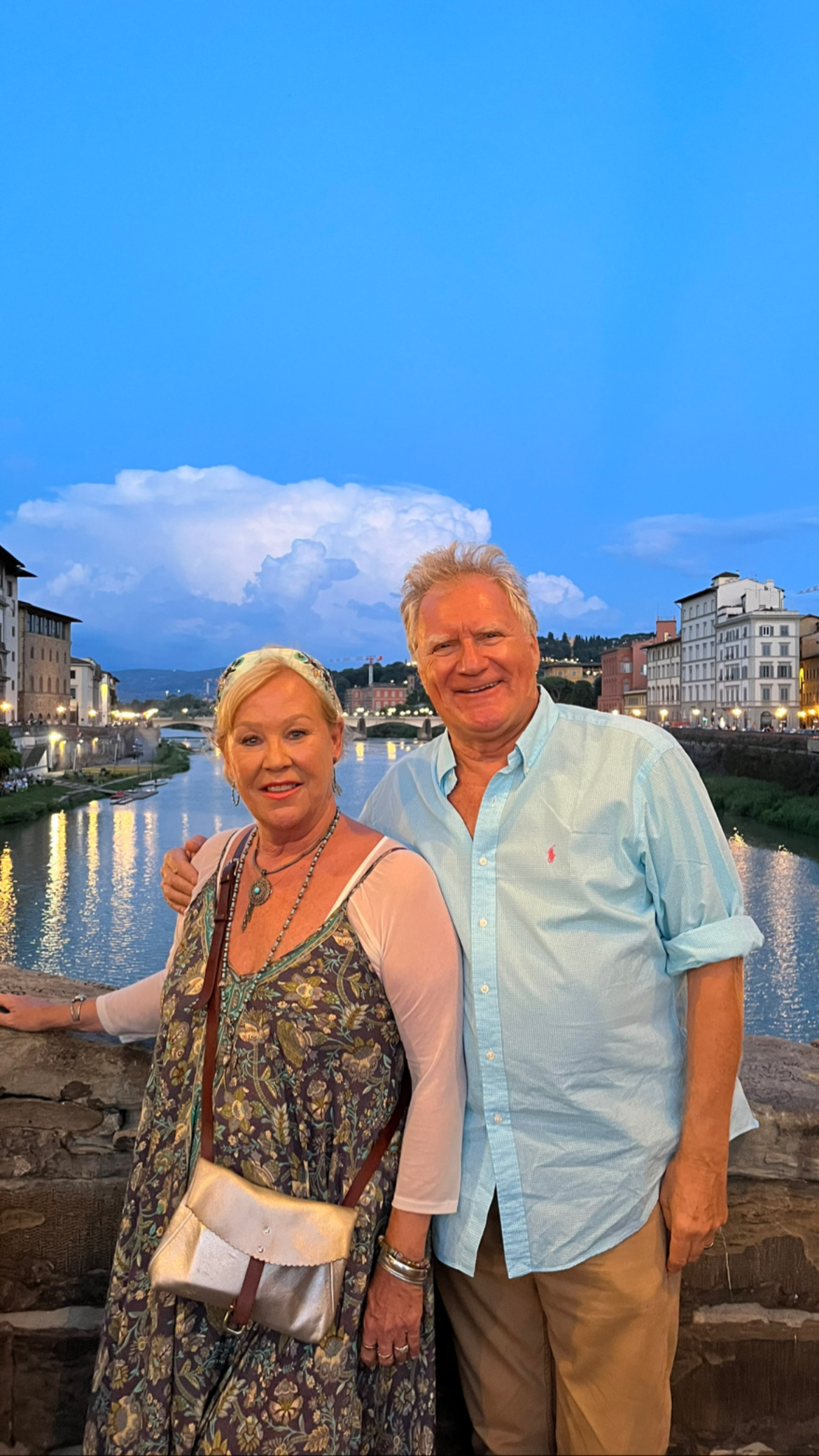36. AROUND SAN ANTONIO, TEXAS
- Des & Sandie Nichols
- Sep 20, 2022
- 4 min read
Updated: Jun 24, 2024
Before there was San Antonio, Texas, there was, inevitably, a Spanish Mission. The colonists from Spain between 1600 and 1750 appear to have fallen into two distinct categories: either the swashbuckling buccaneers, the conquistadors, who would pillage and plunder all the gold, silver and precious stones they could find in the New World and ship them back home (having taken their share) or shoeless, itinerant priests who wandered from place to place trying to convince the indigenous people that Catholicism was the only way to avoid the hell and damnation that they had just introduced them to. San Antonio's founders definitely fall into the latter category.
The finest result of this religious incursion is a legacy of quite magnificent Mission compounds, walled 'villages', each dominated by a huge church, where local peaceful but terrified Indians sought sanctuary from other butchering tribes. In return for their refuge, they worked on the crops, constructed the buildings and cooked at the stoves under the priests' control, all the time being subjected to a relentless and repetitious rant of Catholic brainwashing and conversion. They thought that was better than losing their scalps. Not so sure.
Anyway, the Alamo (christened Mission San Antonio de Valero) was established in 1719 at the center of San Antonio. But, hello, what's this road heading south? Yes, it's our old friend the Camino Réal, the Royal Road (great name for a racehorse by the way). In exploring Texas, we seem to have got repeatedly stuck, inadvertently and fortuitously, to this historic route as if it were a kind of tourists' flypaper. Last month, we stumbled on the small communities of Nacogdoches and Bastrop to the East which were, it transpires, vital and one-time major staging posts on this well-worn path to and from Louisiana and the Rio Grande. Well, now we pick it up again as it passes through San Antonio and heads south. A chain of missions, sanctuaries for the traveller, was built by the Spaniards along the wheel-rutted track as it passed down through the San Antonio river valley towards Mexico. In all, there are four Missions surviving to the south of San Antonio, each a couple of miles apart and free to visit. All are now protected as World Heritage sites and are run by the National Parks. While the Alamo is the jewel in this Catholic crown, San Juan is the largest and has earned the title 'Queen of the Missions'. Conceptión is possibly the best preserved with original paintings on the walls. At each you can still see the huge compound with cell-like accommodation set into the walls for the Indians, large granaries and, of course a palatial church, the shrine for the omnipotent priests who felt it their personal mission to pour out their endless RC mantra until the local people collapsed into submission.
These missions make enlightening visiting and still retain the now silent air of once vibrant communities.


Above: Conceptión


Above: San Juan


Above: San José


Above: Espada
GRUINE
Thirty miles outside San Antonio, to the East, is the very small village of Gruene (pronounced inexplicably 'Green'). It was established by German settlers, who seemed to like this area, and was once a hugely significant cotton-producing community, until, that is, a fire destroyed the cotton gin in 1922 and the nasty boll-weevil munched their way through all the cotton buds a few years later. But when it flourished it was a very successful place to live, work and play. The Teutonic dynamo behind it all was one Ernst Gruene. He and his son Henry constructed most of the buildings in German timber-frame style, including the first dance hall in Texas which still operates today. Indeed, the likes of Jerry Lee Lewis and Bo Diddley, two of the pioneers of Rock & Roll, have played here. The Greune Inn, on the edge of the Guadalope River, has restored a collection of the old houses where you can now stay and absorb the historic atmosphere. A excellent place to visit.

Greune Village



The Greune Mansion House

At the Grist Mill Restaurant

The General Store

The Dance Hall
THE DAY OF THE DEAD
Being originally British, we do find the ways of foreigners a bit difficult to comprehend. Tolerate yes, but understanding is a bit tricky. The Europeans are bad enough - the Spanish stabbing bulls in arenas for entertainment, the Germans hopping around and slapping their thighs in lederhosen, the Scandanavians remorsely beating themselves with birch twigs in steamy, wooden sheds. All very odd. But we get used to it and if it means that much to them....
So it was no shock to witness Dia de la Muertos in the old Market Square in San Antonio. In fact it was fun. What better way to celebrate All Souls Day than having a fiesta to help the dead pass on their journey to who-knows-where by putting on your best dancing shoes, donning extravagant costumes, dusting off your castanets and hosing down some sangria. The Mexicans may be different from the Brits but at least they know how to mourn.


SOME OTHER PLACES YOU MUST SEE / AVOID
Japanese Tea Garden
This is a MUST SEE. This unbelievably beautiful, three-dimensional garden is built in an old limestone quarry. Started in 1899, it was developed by a Japanese couple Kimi and Miyoshi Jingu. Their family looked after it until Pearl Harbor in 1941 when they were unceremoniously ejected.


Botanical Gardens
This is an AVOID. The concrete and glass conservatory is an abortion and the planting is no better than our garden in Key West.

The Pearl
This is a MUST SEE. Have a drink in the ridiculously amazing bar at the magnificent Hotel Emma (below), a brilliantly and sumptuously converted brewery. Here you will find San Antonio's hippest, trendiest urban chic shops, restaurants and apartments.






Comments